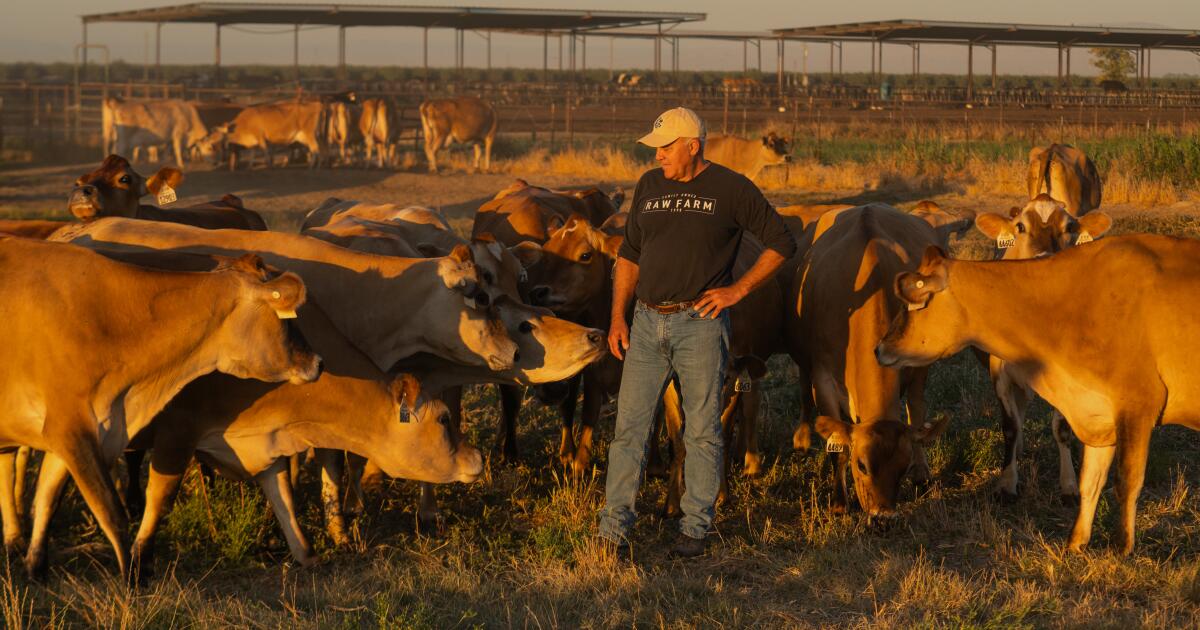
Pumas, Routers & Keepalives—Oh my!
This week, Heroku made Router 2.0 generally available, bringing features like HTTP/2, performance improvements and reliability enhancements out of the beta program!
Throughout the Router 2.0 beta, our engineering team has addressed several bugs, all fairly straight-forward with one exception involving Puma-based applications. A small subset of Puma applications would experience increased response times upon enabling the Router 2.0 flag, reflected in customers’ Heroku dashboards and router logs. After thorough router investigation and peeling back Puma’s server code, we realized what we had stumbled upon was not actually a Router 2.0 performance issue. The root cause was a bug in Puma! This blog takes a deep dive into that investigation, including some tips for avoiding the bug on the Heroku platform while a fix in Puma is being developed. If you’d like a shorter ride (aka. the TL;DR), skip to The Solution section of this blog. For the full story and all the technical nitty gritty, read on.
The long response times issue first surfaced through a customer support ticket for an application running a Puma + Rails web server. As the customer reported, in high load scenarios, the performance differences between Router 2.0 and the legacy router were disturbingly stark. An application scaled to 2 Standard-1X dynos would handle 30 requests per second just fine through the legacy router. Through Router 2.0, the same traffic would produce very long tail response times (95th and 99th percentiles). Under enough load, throughput would drop and requests would fail with H12: Request Timeout. The impact was immediate upon enabling the http-routing-2-dot-0 feature flag:











.jpg)









